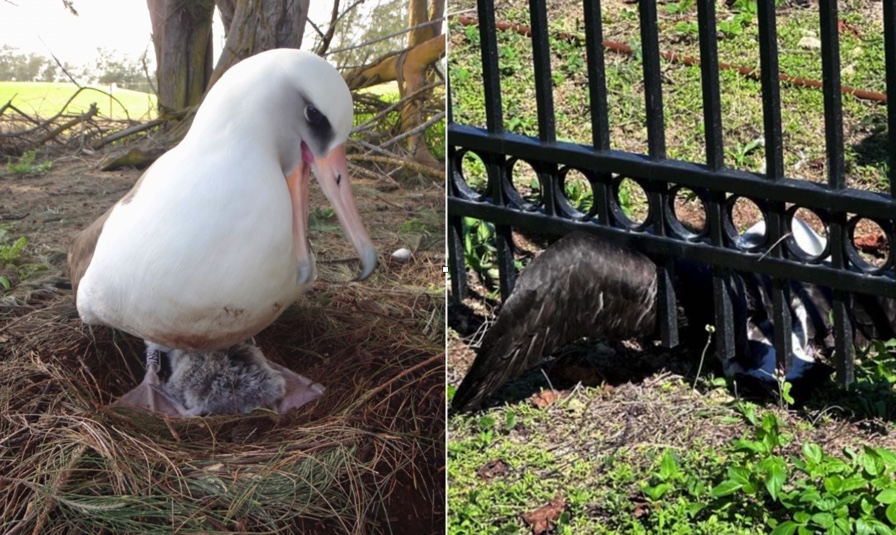
Hoʻokipa, the first Laysan albatross to return to nesting within an ecological restoration area makai of the Turtle Bay golf course, died last month after getting stuck in an iron fence near her new nest at Marconi Point.
In mid-December, the Laysan albatross known to resource managers as V967 returned to his Marconi Point nesting site to reunite with his mate and to take over brooding their recently laid egg. Instead, he found her and the egg gone. He has been searching in vain for her ever since.
While he was at sea foraging, his mate, named Hoʻokipa (also known as V389), died after getting entangled in a wrought iron fence that had been installed around an agricultural condominium property regime unit owned by Yue-Sai Kan.
In 2015, they were the first breeding pair to begin nesting in the conservation easement area just makai of the Turtle Bay golf course that’s been the site of extensive restoration by the North Shore Community Land Trust.
More recently, the pair chose to nest within the fenced portion of Kan’s property, which abuts the golf course.
On December 2, Hoʻokipa became trapped in Kan’s fence, reportedly while trying to defend her egg from landscapers Kan had hired to weed-whack her property. The bird died on the way to the veterinarian.
Resource managers rescued the egg to be incubated elsewhere.
Laysan albatross are protected under the Migratory Bird Treaty Act, a federal law that makes it illegal, unless permitted by regulations, to pursue, capture, kill, transport, or sell the birds or any of its parts, their nest, or their eggs.
Violations of the act, not related to the taking of birds to sell or barter them, can incur maximum fines of $5,000 and/or imprisonment for up six months for individuals, or a $10,000 fine for an organization. Taking the birds to sell or barter them is a felony and is subject to much larger fines.
The Pacific office of the U.S. Fish and Wildlife Service was not able to confirm by press time whether the death of Hoʻokipa was being investigated as a possible MBTA violation.
Kan’s fence has already been the subject of an investigation by the Honolulu Department of Planning and Permitting. When the fence construction first started more than a year ago, the DPP received complaints about unpermitted grading and fence construction within the county’s Special Management Area and possibly the shoreline setback.
The violation notice that the DPP ultimately issued in January 2022, however, dealt only with the construction of concrete posts without a building permit. Those posts form the base of what later became a house-like structure. Although the entire CPR is within the SMA, no violation notice for unauthorized work within a SMA was ever issued.
Since then, the DPP has determined that what Kan had built doesn’t require building permits because they are agricultural structures, according to Kan’s consultant, Mark Howland.
The recent death of Hoʻokipa, however, has spurred members of the public to renew their calls for DPP to do something about the fence.
Last month, Christine Tarski wrote to DPP deputy director Jiro Sumada, asking for “an inquiry into the illegal house and fencing on a lot on the subdivision at Marconi Point on Oʻahu’s North Shore that has NO legal building permits and violates the land use. This land is zoned agricultural and conservation.
“Yue-Sai Kan has built an elevated house that she calls a ‘Barn’ to get around housing permits. She has spoken to me and says she spends weekends living in the house when she is on that side of the island.
“She built two greenhouses in an attempt to say she is ‘farming.’ No plants have ever been put into these greenhouses. … There is no evidence of crops or gardening other than grass and ornamental plants around the house.
“Although Yue-Sai had been advised of the Laysan albatross colony on the land, she erected wrought iron fencing around her property and cross-fenced it with the same metal fencing.”
Tarski added that the fence’s spiked tops “are a dire safety hazard to the albatross that fly with a swooping motion” and that the fence itself has affected nesting albatross.
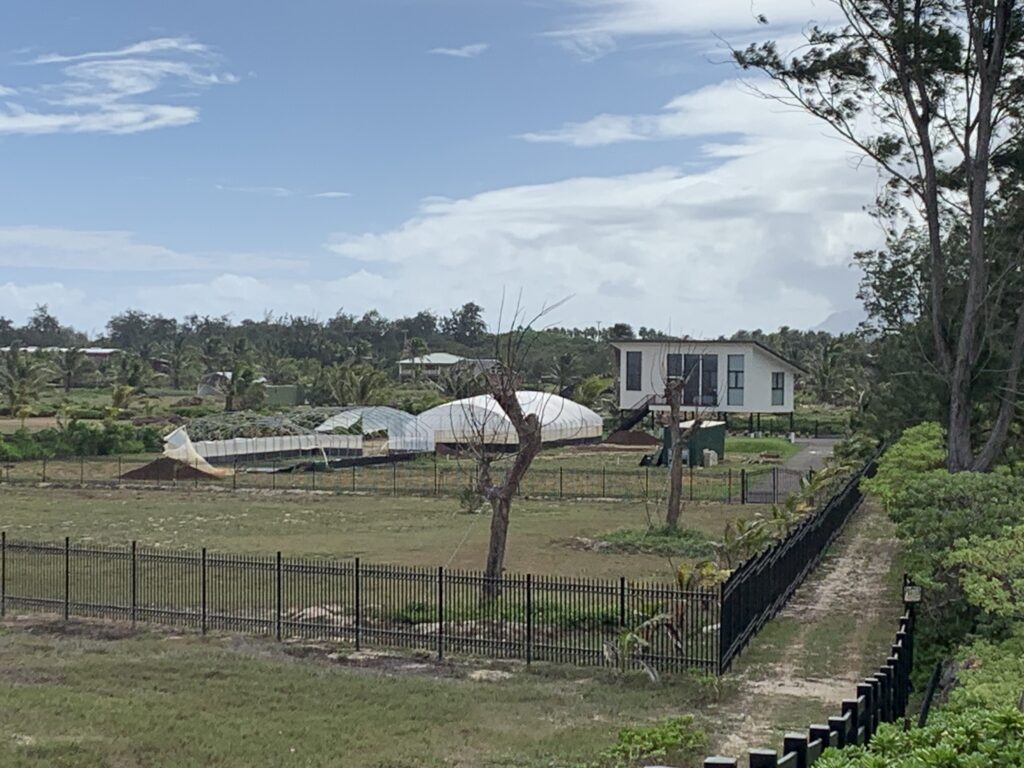
“For decades, these birds roamed freely on the Marconi land, easily passing under board fences that Turtle Bay built, nesting in the same area each year. Yue-Sai’s fence has separated multiple nesting mates, with the nest and one parent on the opposite side from the other parent who, having flown over 1,000 miles, unsuccessfully walks over 100 feet each way to attempt to get to the nest and relieve the parent who has sat on the nest for weeks without food or drink. The two parents touch beaks, preen each other lovingly, and sit on opposite sides of the fence, unable to get to each other,” she wrote.
With regard to the death of Hoʻokipa, she added, “This pair of mated albatross had nested in this area for at least six years, successfully raising chicks, returning each year to start a new family. They should have been able to nest for 50 more years.”
Kan has long planned to build a larger house on the parcel, but the city’s insistence that development at Marconi Point requires a SMA permit has stalled that effort. The DPP rejected her initial application for a SMA permit for development of just the coastal CPR units last year. Then unauthorized clearing of vegetation along the coastline — which has garnered violation notices from the DPP as well as the state Department of Land and Natural Resources — also complicated matters.
“The SMA application has been placed on hold until the other CPR owners correct their violations of the shoreline intrusion. One cannot get a SMA permit with violations active,” Howland stated.
Howland added that when and if the project resumes, he will ask the FWS for mitigation recommendations and may suggest several of his own to prevent further bird takings.
The Koʻolau-Waialua Alliance, a grassroots network of residents and community groups, is calling for more state protection for albatross and other seabirds and shorebirds now, as well as proper enforcement laws designed to protect native species and habitats.
“For more than 15 years the community has watched with great sadness as the negative impacts of unpermitted habitat clearing and construction on the historic Marconi property have increased,” the group stated.
— Teresa Dawson
(This article was amended to include comments from the Koʻolau-Waialua Alliance.)

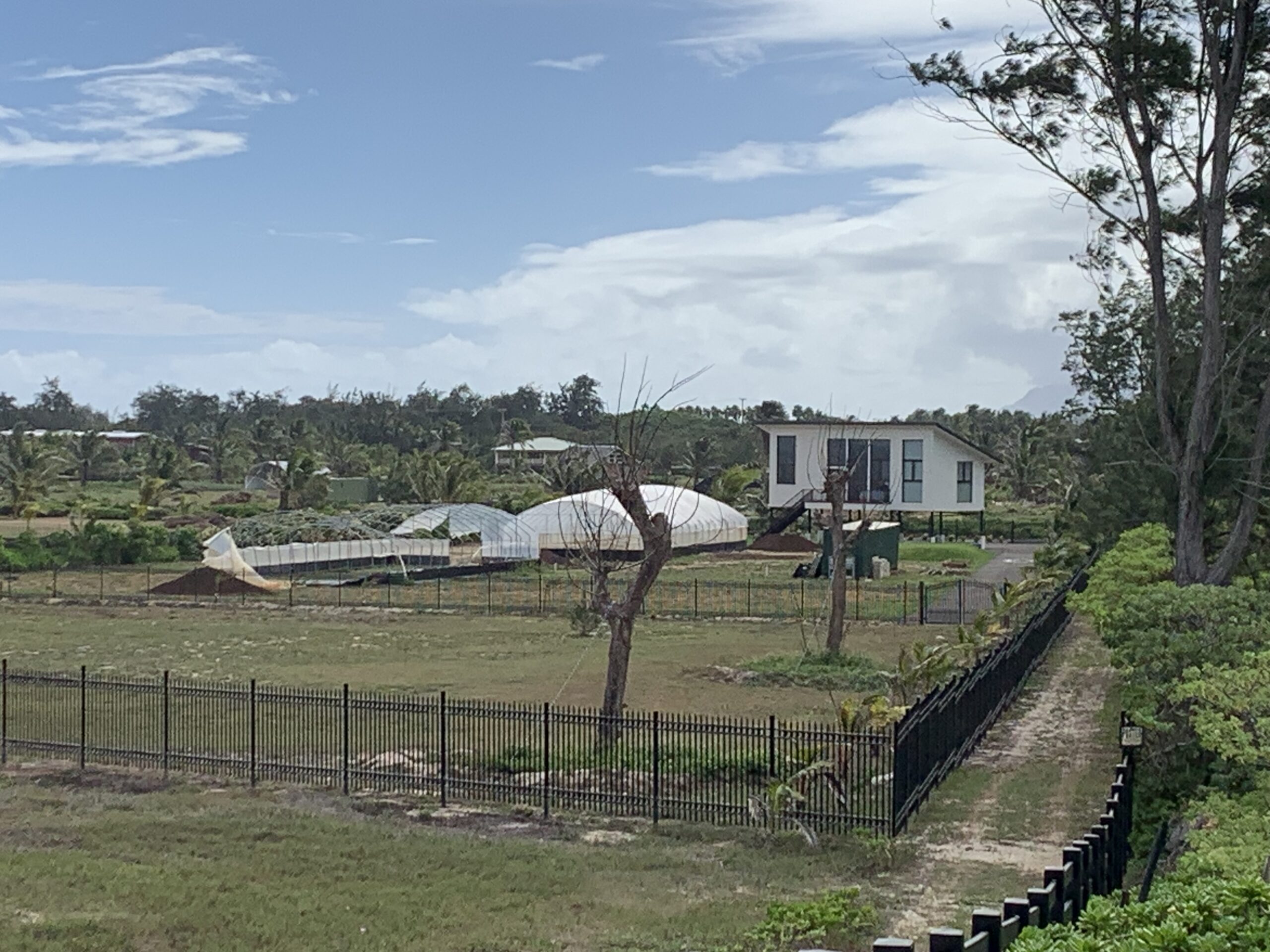
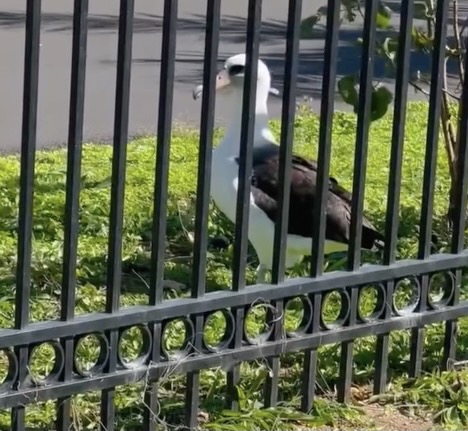

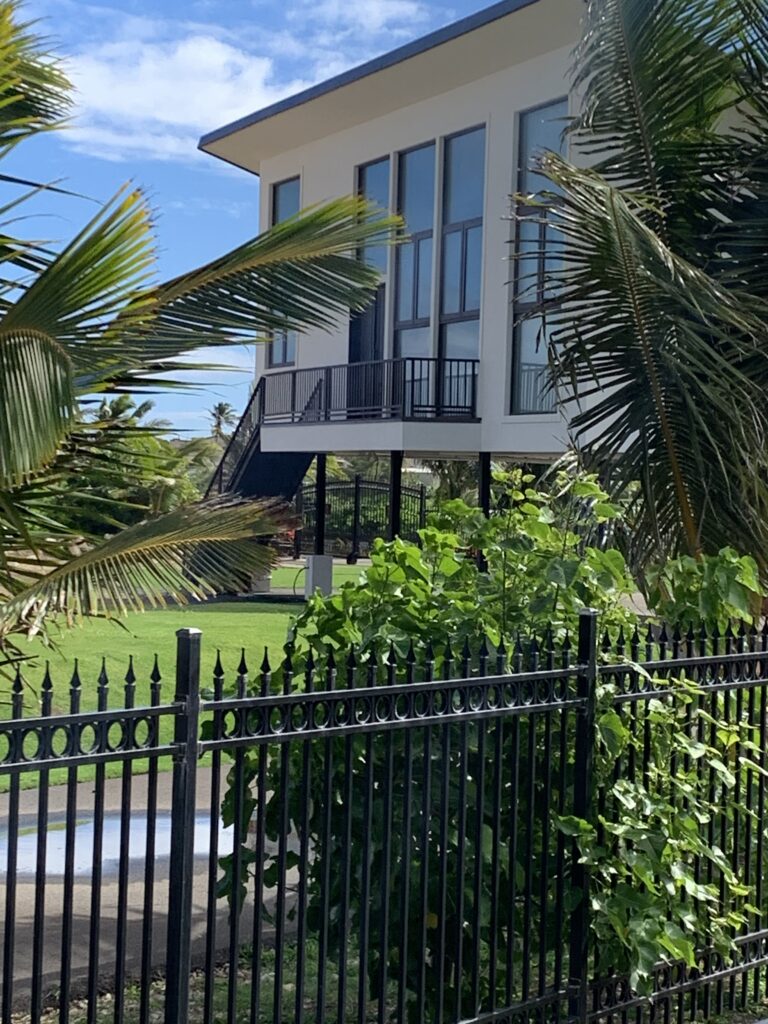
Chuck Berray
Nice “Barn”. That’s some serious bovine-residue. Remove the fence. Remove the “Barn” and the greenhouses that are there only to skate the law.
Lynne Wood
Tragic. The owner should be fined $10,000 per day for violating the law. The fence and structures should be removed. No way is this following the intent of the agriculture zoning. Auwe!